>> Yen Bai implements sustainable rice production model towards reducing greenhouse gas emissions
In mid-June, farmers in Duc Thinh village, Hung Khanh commune, Tran Yen district harvested winter-spring rice with joy when the rice plants were healthy, the fields had few pests and diseases, the rice grains were firm and golden, and the yield nearly doubled compared to previous crops.
Ms. Tran Thi Tuyet - Duc Thinh village said: "At first, when I joined the project, I was skeptical because I had to change the way I had grown rice for so long. But after being trained and following the instructions, I found it easier than I thought. There was no need to use pesticides, no need to burn straw, and little fertilizer, but the rice plants still grew well. This season, my family harvested 2.5 quintals of rice per sao, double last year's amount." The yield was high, and the quality of the rice grains was also significantly improved when the rice plants produced long grains with a high percentage of solid grains.
Ms. Pham Thi Tuyet Mai - Duc Thinh village shared: "Thanks to sparse planting, leaving paths in the middle of the field, it is easy to take care of and monitor pests and diseases. In particular, using organic fertilizer helps the soil to be loose, the rice roots grow deep so there is less dumping, no root rot, the care process is also easier, no need for pesticides like before".
Participating in the Project, people are equipped with technical knowledge and directly guided in production practices. Classes for farmers are held right in the rice fields, helping people learn both theory and practice under the guidance of technical staff. "Learning in the field is easy to understand, easy to remember, and can be done right on the spot, so people are very excited" - Mr. Luong Ngoc Dung - Head of Duc Thinh village said.
With a total area of 4 hectares of more than 30 households in Duc Thinh village participating in the Project in the 2024 - 2025 winter-spring crop, Hung Khanh is one of four communes selected by the Department of Agriculture and Environment of Yen Bai province to implement the Project (including: An Thinh commune, Van Yen district; Hung Khanh commune, Tran Yen district; Bach Ha commune, Yen Binh district; Dong Khe commune, Van Chan district). Households participating in the Project are all provided with technical support, productivity monitoring, emission measurement and efficiency assessment according to a transparent and scientific process.
Besides economic efficiency, the greatest value that the Project brings is environmental benefits. Measures such as sparse planting, rotational irrigation, reducing chemical nitrogen, not burning straw, etc. have directly reduced greenhouse gas emissions and increased the carbon absorption capacity of the agricultural ecosystem. If in the past, people often burned straw in the fields, causing air pollution and loss of organic matter, now, thanks to biological products, all straw is composted on site, becoming organic fertilizer for the next crop. At the same time, people use decomposed manure and microbial fertilizer instead of chemical nitrogen, which is both good for the soil and safe for users.
The special feature of the model is that it does not use herbicides and minimizes pesticides. Thereby, it limits the chemical residue in soil, water, rice and contributes to protecting people's health. The total amount of greenhouse gas emissions updated in Rice Hero software (software used to measure the emission level in each rice field) in the farming model is 395 - 405 kg CO2, equivalent to a 70 - 73% reduction in greenhouse gas emissions in rice farming in the province.
With the techniques of the rice growing model applying sustainable farming processes to reduce greenhouse gas emissions, greenhouse gas emissions have been limited; plant health has been managed and improved; input costs have been minimized while rice productivity, quality and economic efficiency have increased significantly; agricultural by-products have been treated and processed into organic fertilizers; the ecosystem and environment have been improved, in which water resources are used at the lowest and most reasonable level. The Project's model has affirmed its economic and environmental efficiency and needs to be replicated in rice production in localities in the province.
Thu Hanh
Source: https://baoyenbai.com.vn/12/351959/Da-loi-ich-tu-mo-hinh-trong-lua-xanh.aspx



![[Photo] President Luong Cuong receives Speaker of the New Zealand Parliament Gerry Brownlee](https://vphoto.vietnam.vn/thumb/1200x675/vietnam/resource/IMAGE/2025/8/29/7accfe1f5d85485da58b0a61d35dc10f)
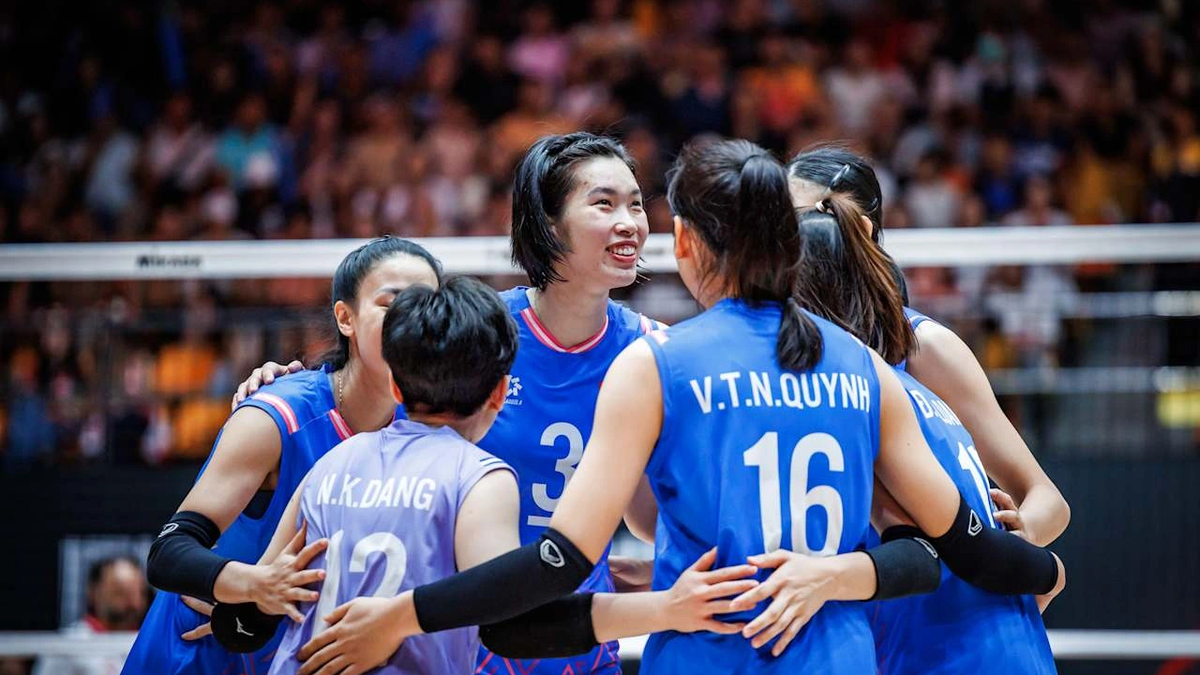

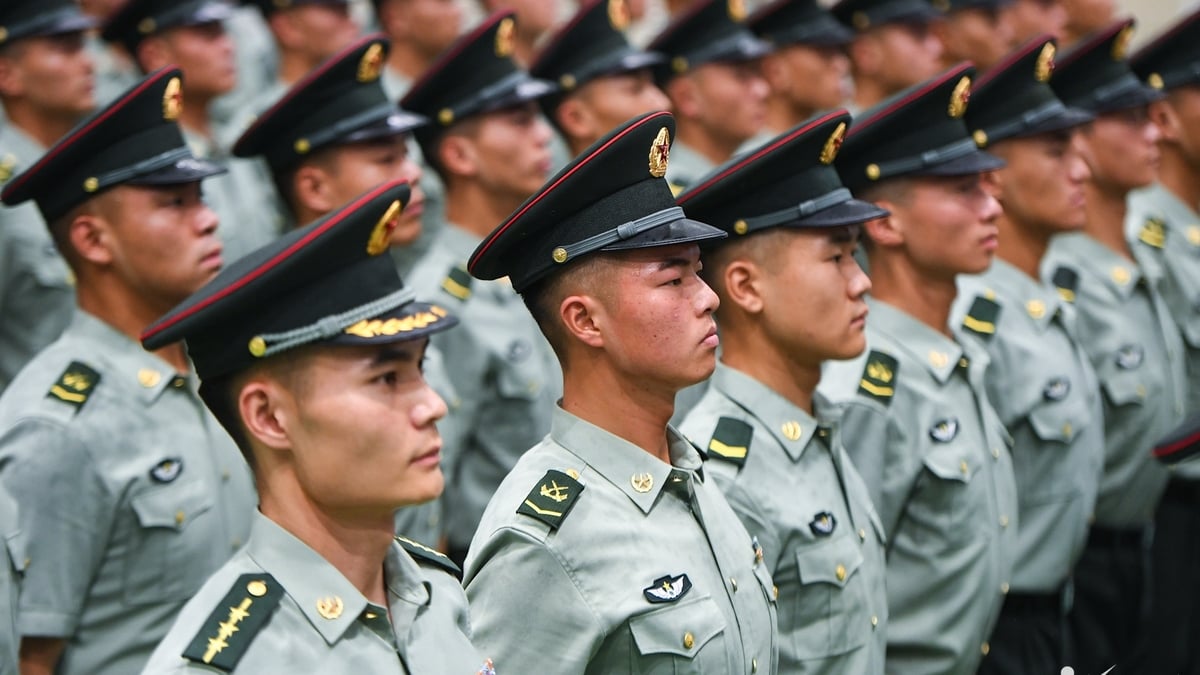
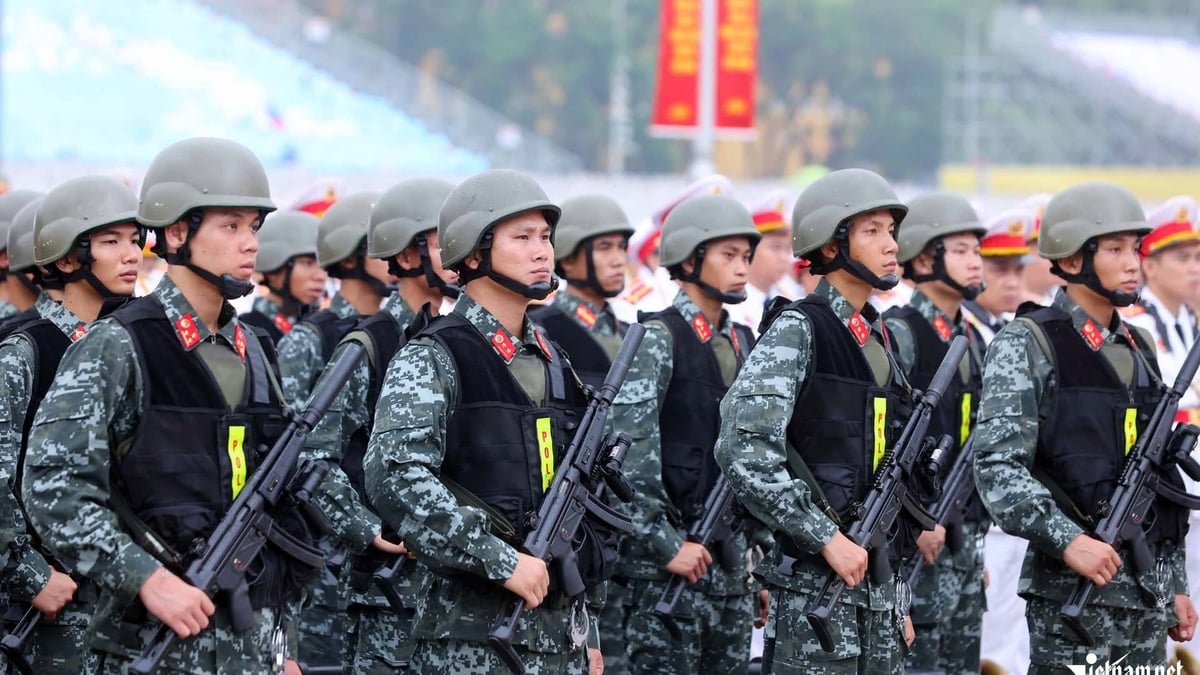
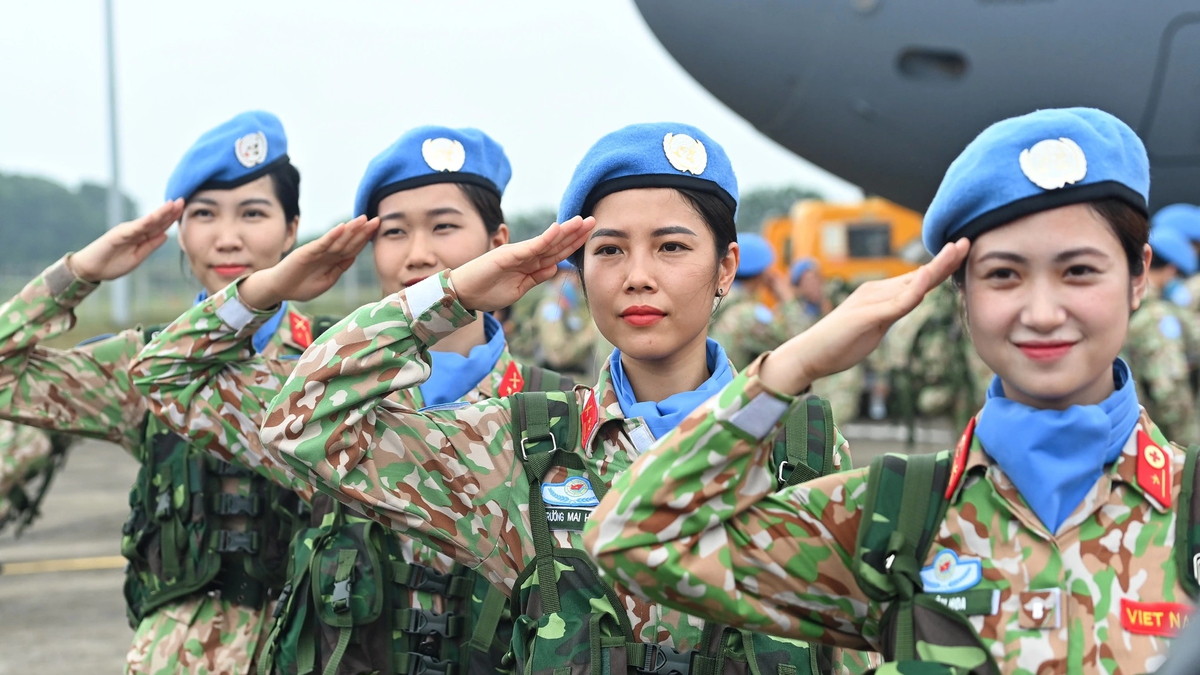


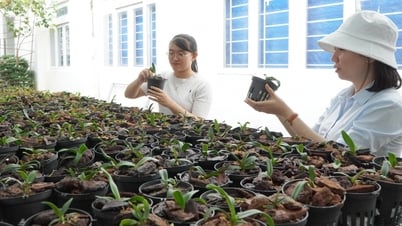

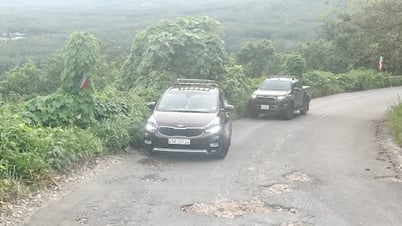

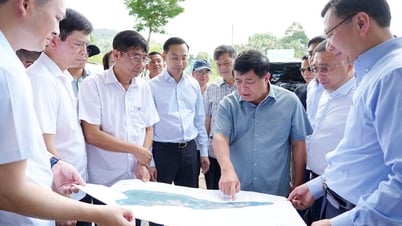

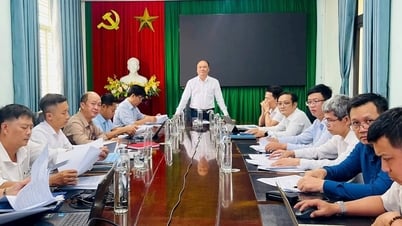

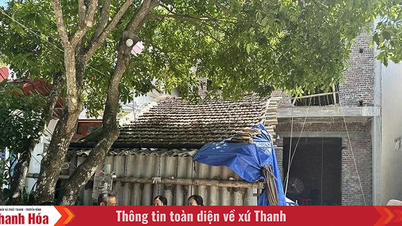




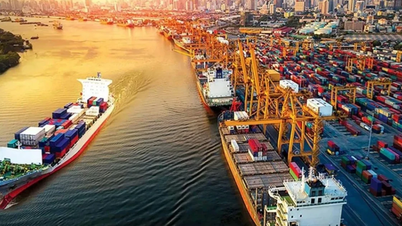

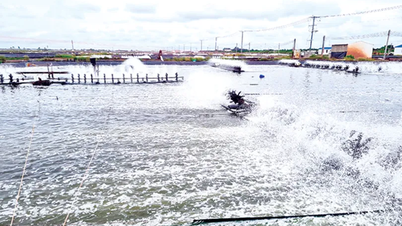

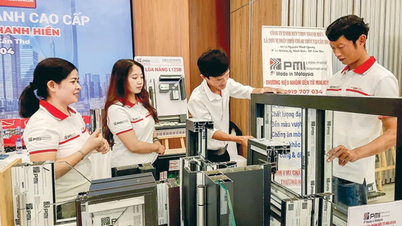
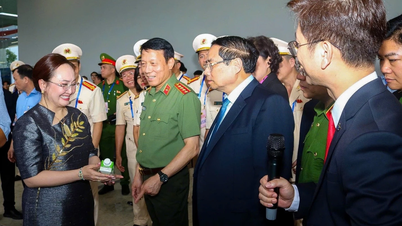
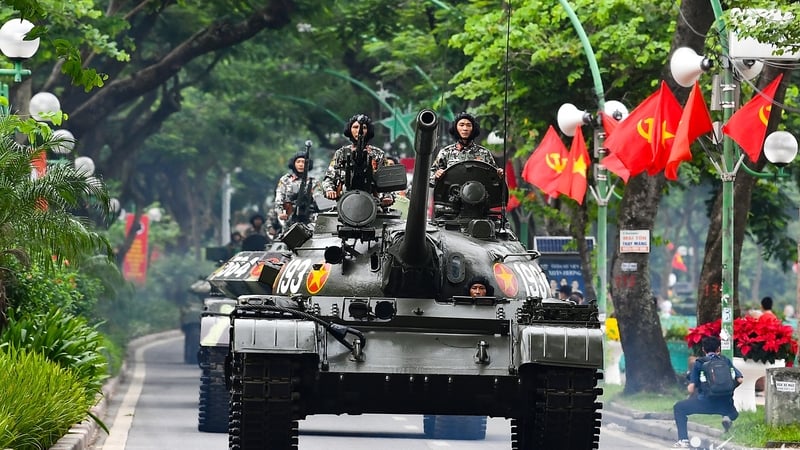



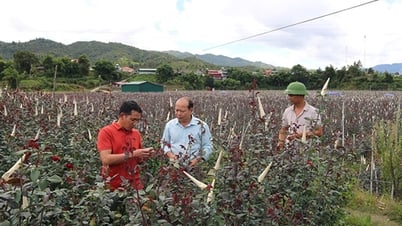

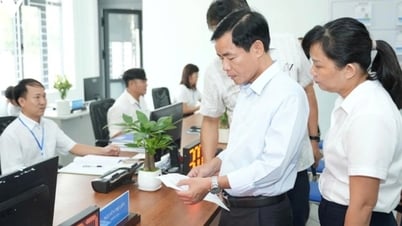
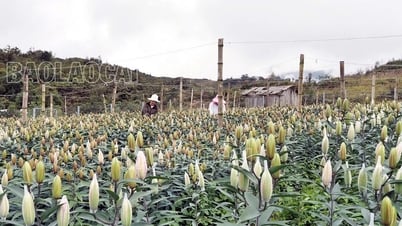
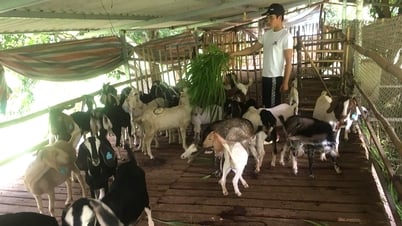
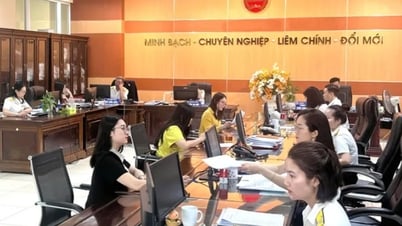




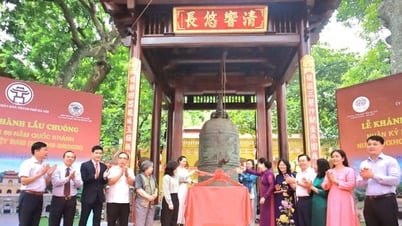



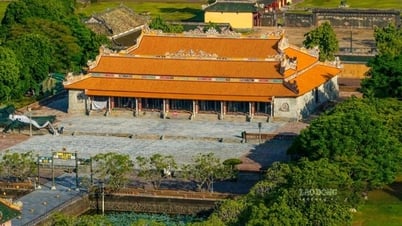
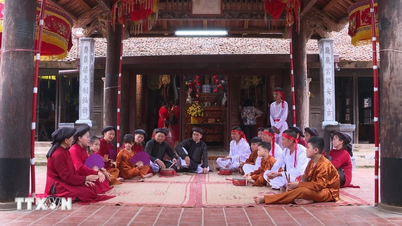

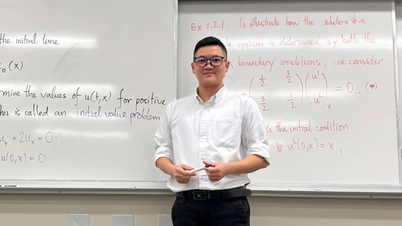

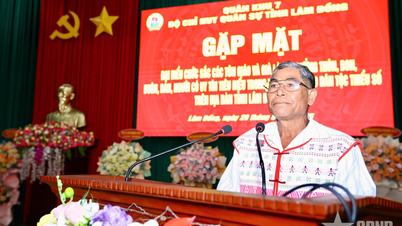




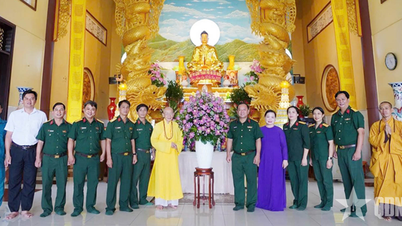
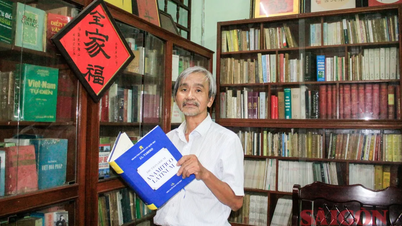

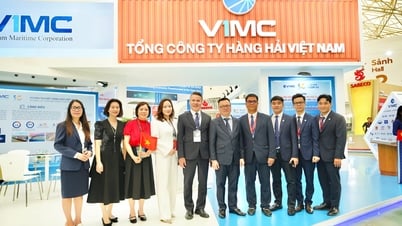

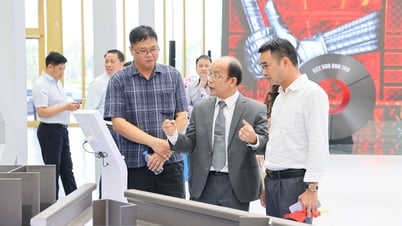
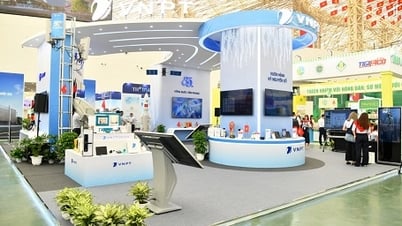
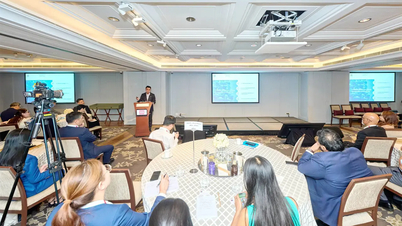
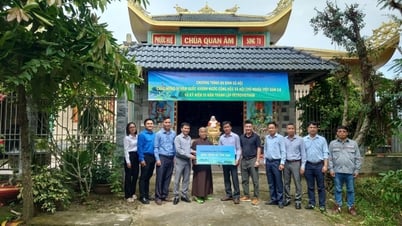
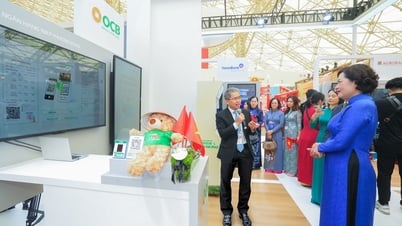
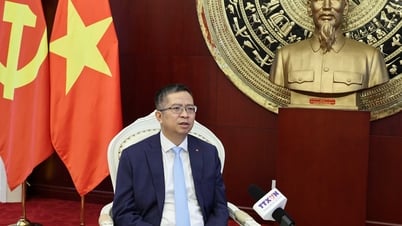
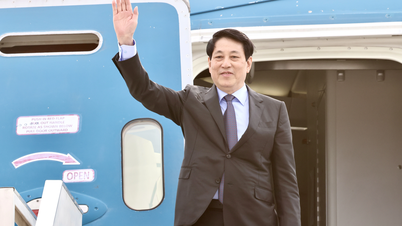
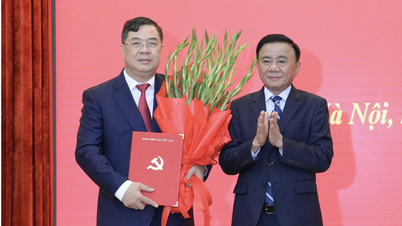
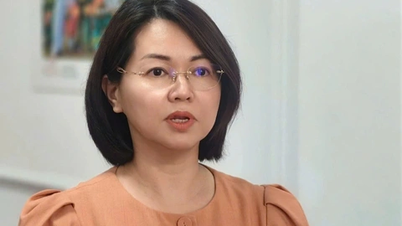
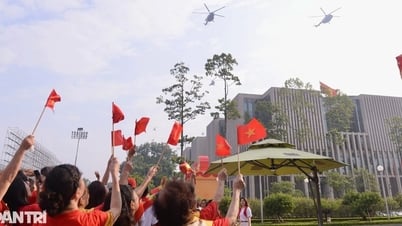

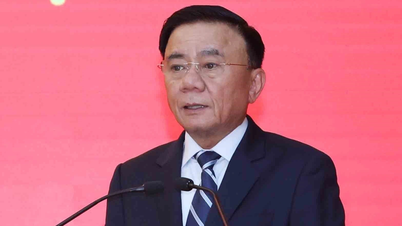
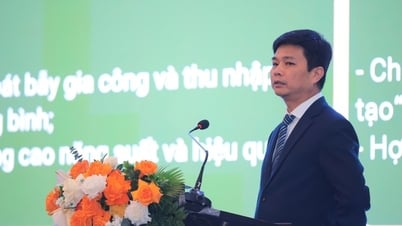

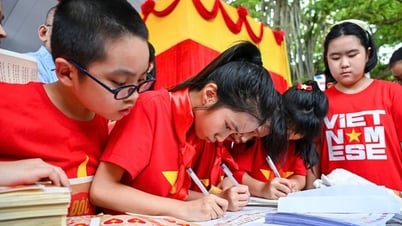
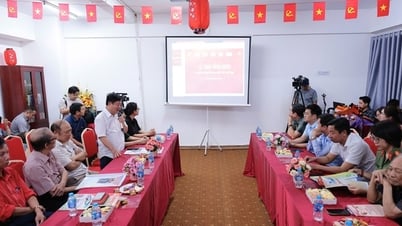
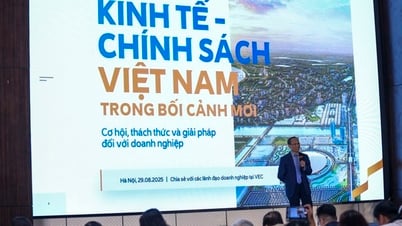

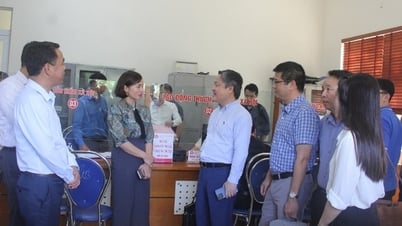
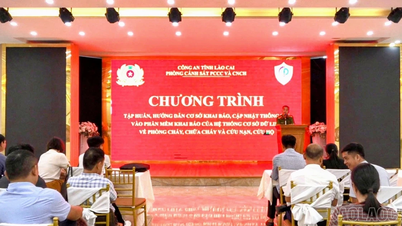
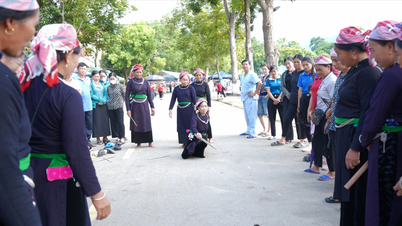


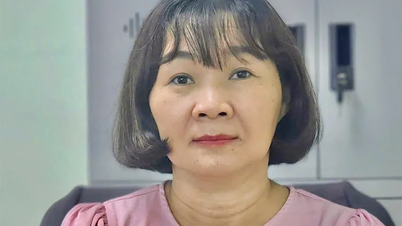
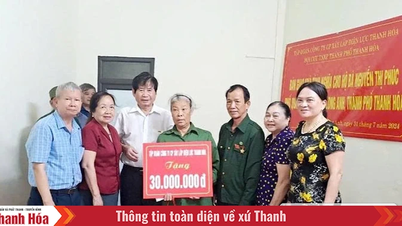
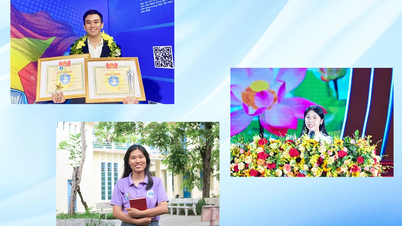


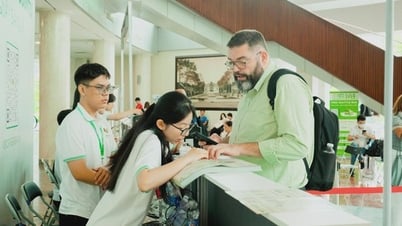
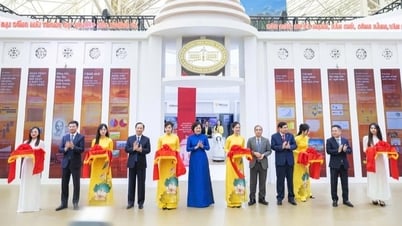
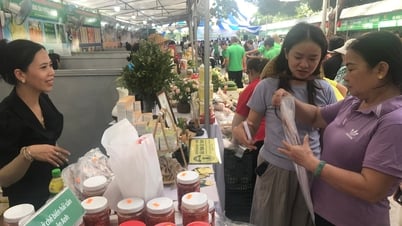





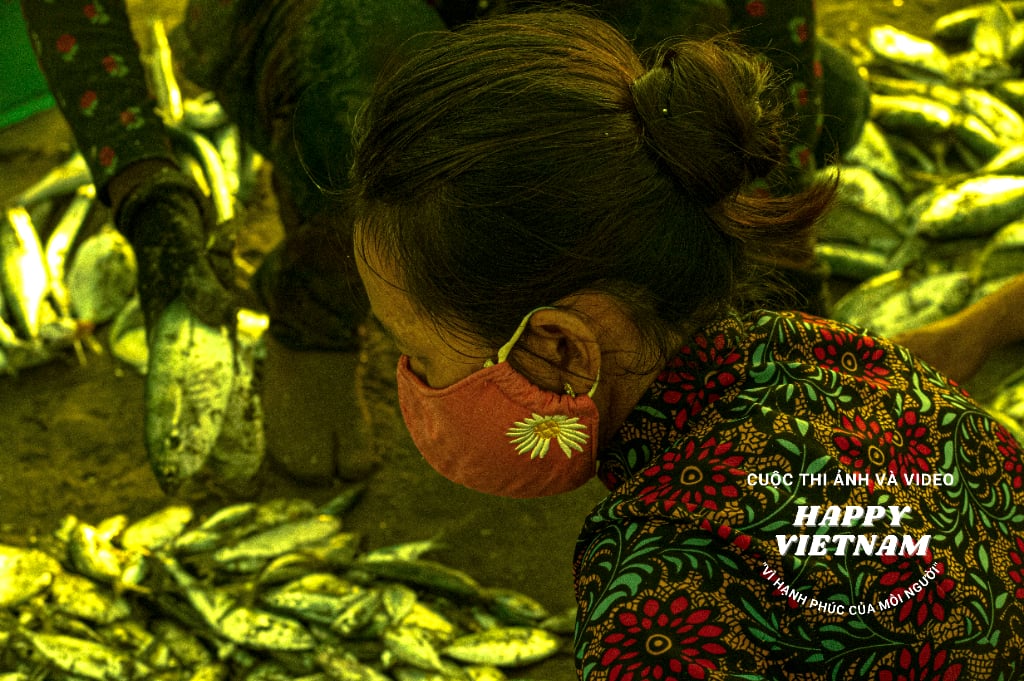

Comment (0)